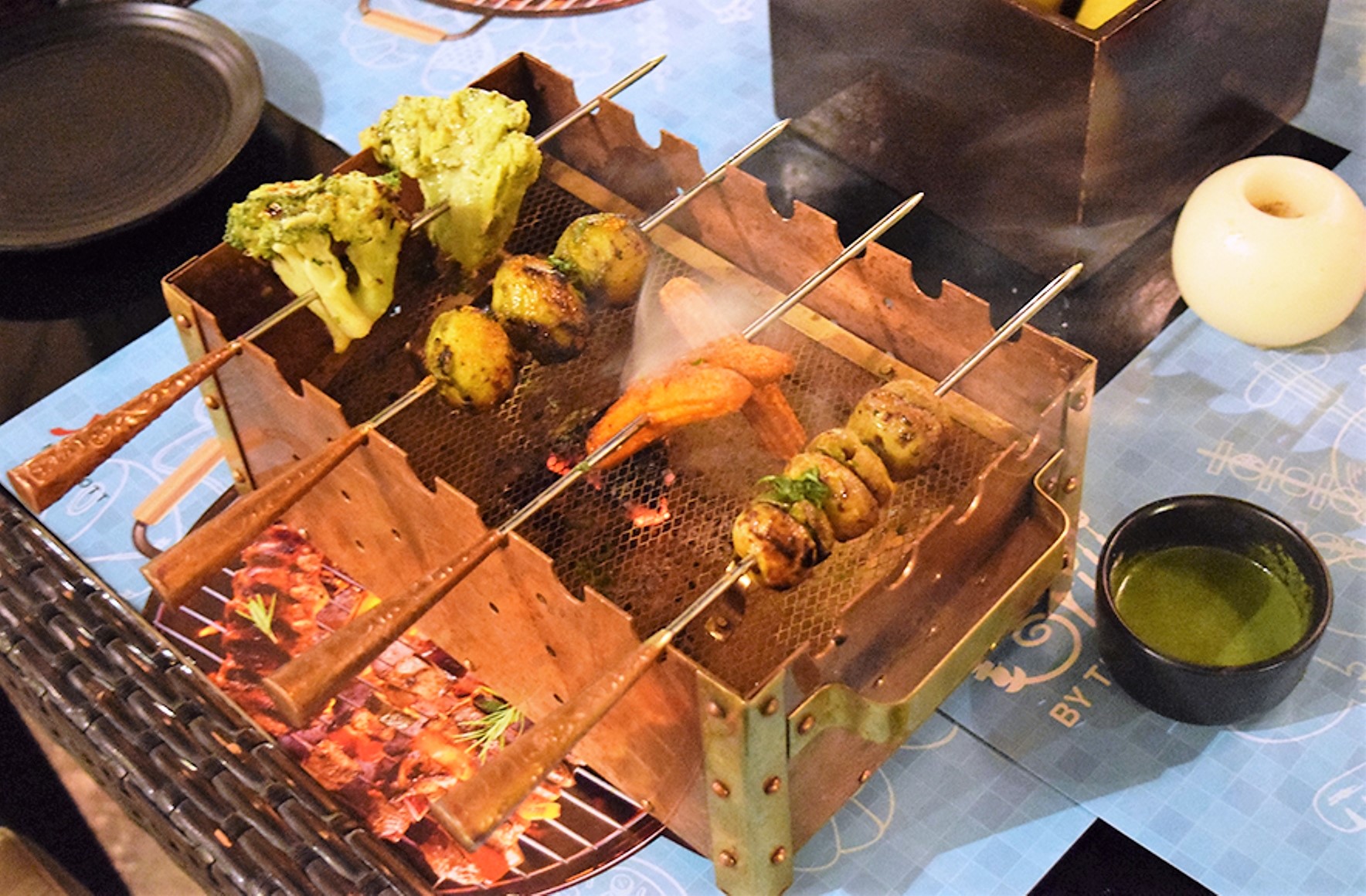Come January and you can witness people from all walks of life and of all age groups engaged in a kite flying frenzy. It is splendid to be in the midst of Makar Sankranti festivities, seeing the kites soar, blanketing the crisp winter sky in colourful specs.
Another eye catching sight is that of children running on the roads and through the lanes to catch the kites and to collect and roll the Manjha, deftly around their fingers. The happiness of shouting ‘Who Kaata’ in chorus with your friends and cousins and flying a kite won in a street battle cannot be put down in words.
It would be suffice to say that the atmosphere is not short of a carnival.
THE SIGNIFICANCE OF MAKAR SANKRANTI
Makar Sankranti is a festival that is unique to the state of Rajasthan. While it is celebrated throughout the state, the festivities in Jaipur cannot be matched. The multihued sky with a variety of kites in different colours, shapes and sizes, looks stunning during the day. The evenings are equally splendid with dazzling fireworks and floating lanterns alongside kites adorning lights.
According to the lunar calendar, the Sun enters in the house of Saturn from the house of the Jupiter and this transition of the Sun from one zodiac sign (Sagittarius) to the other (Capricorn) is celebrated as ‘Makar Sankranti’. While ‘Makar’ signifies the ‘Capricorn’, ‘Sankranti’ signifies the ‘transition’.
KITE FESTIVALS IN JAIPUR
Apart from the households, the festival is celebrated at several notable places in Jaipur. A three day kite festival takes place every year at the City Palace in Jaipur mainly to acquaint foreign and domestic tourists about the significance of the festival and the fun of flying kites. The event takes place at the terrace of the historic Sarvatobhadra Chowk.
On this occasion the ‘Charkhi’ and kites of the late Maharaja Sawai Ram Singh II, who was an avid Patangbaz, are also put on display.
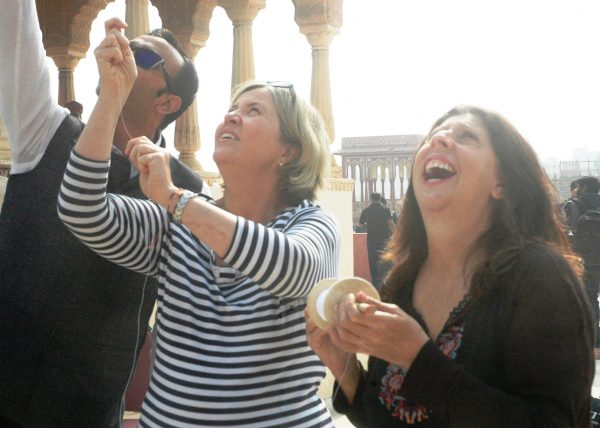
On the day of Makar Sankranti (14 January), the Jal Mahal Ki Pal witnesses a kite festival organized by the Department of Tourism, Government of Rajasthan. In the festival, which will take place from 11 am to 2 pm, there will be an array of activities like kite flying competition, display of fancy kites as well as folk music and dance performances.
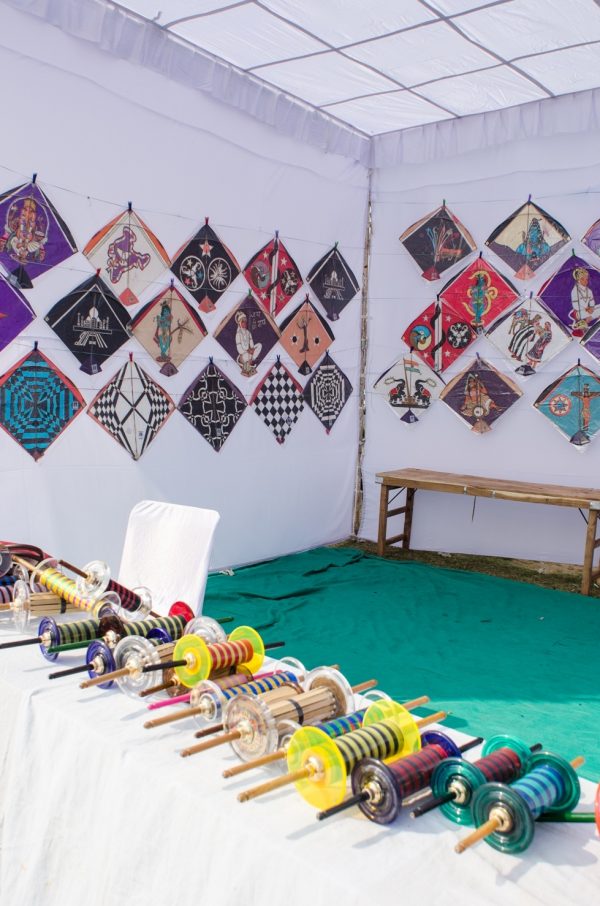
It goes without saying that no festival is complete without food. Makar Sankranti has its own traditional cuisine with Dal Ke Pakore and Til Ke Laddu being the major highlights.
KITE MARKETS IN JAIPUR
The markets in the walled city of Jaipur like the Kishanpole Bazaar and the Johari Bazaar are all decked up with colourful kites and abuzz with kite trade during the winter season.

Owner of Kishanpole situated ‘Bareilly Patang House’ informs that the raw material for kites and manjha is generally bought and imported from Bareilly district in Uttar Pradesh. Bareilly has an age old tradition of Kite and manjha making. Many kite vendors of Jaipur have inherited the talent of kite making from their ancestors who were immigrants in Jaipur from Bareilly.
DEMONETIZATION IMPACTS THE KITE MARKET
The prevalent demonetization in the country has not left even the kite market untouched. The fact that even closer to the festival, the shops at the famous kite markets of Jaipur are not witnessing much of a rush is a clear reflection of the cash crunch due to demonetization among the Jaipurites. Kite vendors and dealers are also facing problems in procurement of raw material due to non availability of cash. The sales of kite and manjha are facing an overall decline of almost 25% in the city.
On a lighter note, the affect of demonetization can also be seen in the designs of the kites in markets. Kites bearing pictures of PM Modi and Rs 2000 currency notes are the key attractions in the market this season.
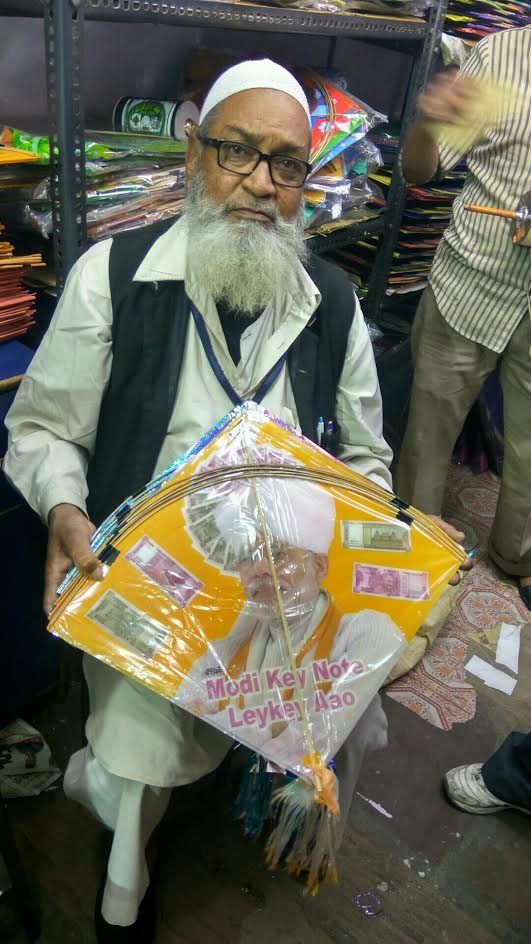
Also read – Solving problem of money transactions with BHIM App
THE TECHNIQUE OF KITE FLYING
Throwing light on the right technique of kite flying, another kite vendor in the city says that the positioning of the holes to insert the Manjha greatly impacts the flight angle and its trajectory. The coordination between the flier and the one rolling out the Manjha is also of paramount importance.
THE DAMAGE INFLICTED BY MANJHA
The thread tied to the kites – manjha — is made by specific communities. Each colour stands for a specific community. Manjha is coated with powdered glass, making it extremely sharp. The Chinese Manjha is especially harmful. Many shops in Jaipur have clearly mentioned to be aware of Chinese Manjha. Several new types of Manjha made out of yarn and rice are also being sold in the market. The Chinese manjha is harmful both to birds and humans alike. The threads hanging above the roads and grounds often entangle around the neck of peddlers and those on two wheelers resulting in severe accidents.
The damage that manjha inflicts on birds is also gruesome. The manjha often piereces through the wings of birds and leaves them paralyzed and incapable of flying. Many birds also injured to the extent that it is difficult for them to even survive.
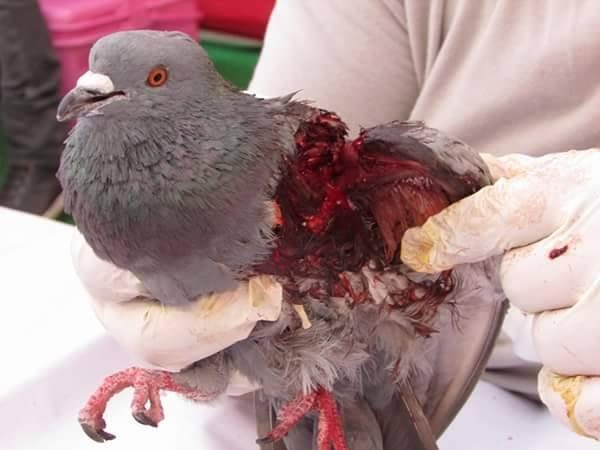
So this Makar Sankranti choose to fly your kites with cotton thread that is not coated with glass and ensure that everyone has a prosperous and happy kite flying festival!
Tusharika Singh
Latest posts by Tusharika Singh (see all)
- Meet the human behind Jaipur Houses - April 18, 2024
- Celebrating Children’s Literature at Bookaroo festival - April 2, 2024
- The country’s first-ever Museum of Meenakari Heritage now open in Jaipur - March 27, 2024









